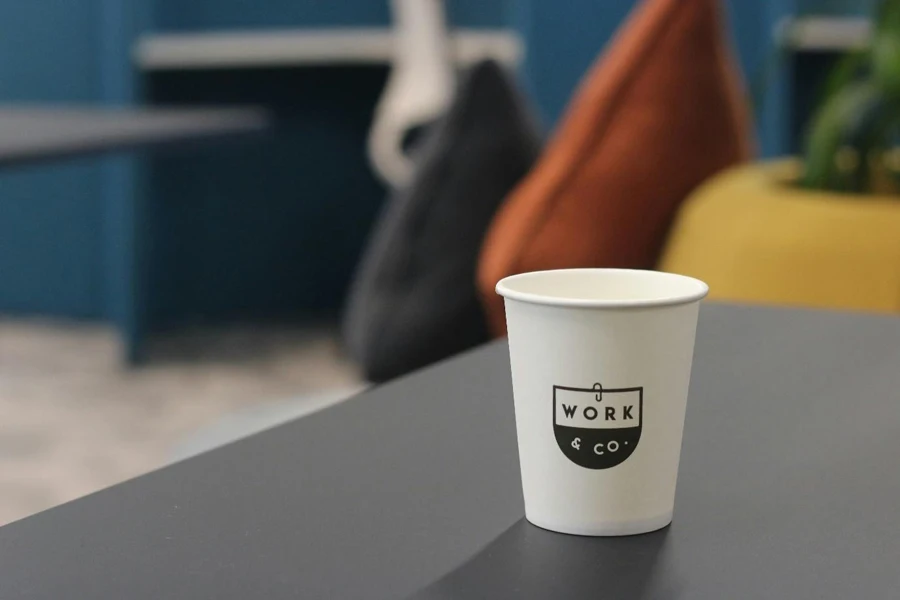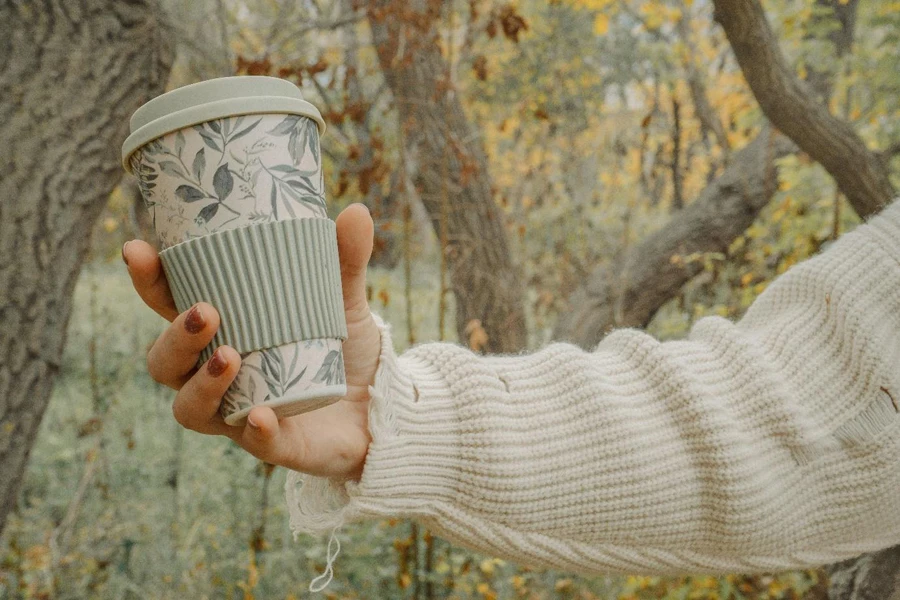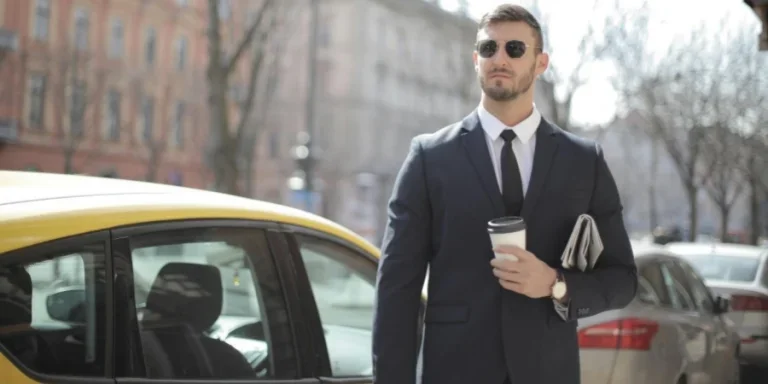Table of Contents
● Introduction
● Market overview
● Different types of disposable cups
● Things to consider when selecting products
● Conclusion
Introduction

Disposable cups play a crucial role for businesses operating in the food and beverage sector. They significantly impact customer satisfaction and support sustainability initiatives within the industry framework of operations and goals. There is a growing demand for cups due to increasing environmental consciousness among customers and shifts in regulations guiding business practices. At the heart of procurement decisions lies a comprehensive knowledge of the diverse array of disposable cup options available in the market. This guide delves into the evolving landscape of disposable cup offerings market-wise, presenting an overview of cup varieties and outlining key factors to consider when selecting products that best cater to your business needs.
Market overview

Market growth and scale
The worldwide market for cups is seeing substantial expansion, with a value of $11.6 billion in 2023, and is projected to rise to $21.1 billion by 2033. This surge signifies a compounded annual growth rate (CAGR) of 6.2% throughout the predicted timeframe. Prominent participants in the market are driving this growth surge, with the top three nations—specifically the United States of America (USA), the United Kingdom (UK), and India—holding between 40 to 45 percent of the market share.
Driving trends
Numerous factors are shaping the disposable cups industry nowadays as more individuals and companies prioritize eco choices due to growing environmental awareness. Government policies restricting plastic consumption are playing a role in steering the market towards compostable alternatives. Furthermore, the booming service eatery sector and the rise of online food delivery services are driving the need for disposable cups to ensure efficient and sanitary beverage provision. These elements highlight how the disposable cups market is constantly changing and adapting to influences.
Different types of disposable cups

Material types
Plastic cups
These cups are usually crafted from polypropylene or polyethylene due to their durability and resistance to cracking issues they might face along the way. Different thicknesses are available for these cups. They are commonly measured in mil (thousandths of an inch), with popular choices falling between 10 to 20 mil for extra strength. Some advanced designs might feature textured ribs for grip and rims that are rolled to avoid spills. Making them suitable for both cold and hot beverages.
Polystyrene cups
Polystyrene cups are well known for their insulation capabilities, which help keep drinks at the right temperature effectively. They come in translucent designs, which let customers see their drinks, adding to the visual appeal. These cups can withstand temperatures from 20°C to 90°C, making them perfect for serving both hot and cold beverages. Their sturdiness and lightweight nature make them a common option in fast-food establishments.
PET cups
PET cups are appreciated for their impact on the environment and long-lasting quality attributes they possess. These cups can be recycled entirely and are resistant to condensation; they remain clear when holding cold drinks. Usually ranging from 15 to 30 mil thickness levels provide strength for cold beverages. Their transparent appearance is perfect for displaying drinks such as smoothies and iced teas.
Paper cups
These cups are crafted from food paperboard and are commonly coated with a thin layer of polyethylene or PLA (polylactic acid) to boost their strength and water resistance abilities. You can find paper cups in double-walled varieties; the double-walled ones offer extra insulation. They are environmentally friendly. It can decompose naturally within 90 days in commercial composting settings. Paper cups can handle temperatures of up to 100°C, which makes them perfect for serving drinks.
Cup designs and insulation
Single walled cold cups
These cups are intended for serving drinks and usually have a thickness ranging from 10 to 12 mil. They’re known for being cost-effective choices. However, they offer minimum insulation, which is best for drinks at room temperature or colder. People often pair these cups with lids to avoid spills and make it easier to carry them around.
Single walled hot cups
These cups come with an insulating layer that is typically about 15 millimeters thick to shield your hands from the heat of the drink inside them. They are budget-friendly and perfect for serving beverages up to 100 degrees Celsius. Their lightweight design makes them convenient to hold and great for settings where drinks are served frequently.
Double walled hot cups
These cups come with a layer of paperboard that helps enhance insulation by creating an air gap within them, which keeps the beverage hot while ensuring the outer surface stays cool to touch with a thickness usually between 20 to 25 miIs”. This design eliminates the necessity for cup sleeves. It is ideal for serving high-quality coffee and tea.
Air pocket insulated cups
These cups come with a layer of paperboard that helps enhance insulation by creating an air gap within them, which keeps the beverage hot while ensuring the outer surface stays cool to touch with a thickness usually between 20 to 25 miIs”. This design eliminates the necessity for cup sleeves. It is ideal for serving high-quality coffee and tea.
Specialty cups
Soufflé cups
These little serving cups are usually crafted from high-quality polystyrene (HIPS) or polypropylene. They come in sizes ranging from 0.5 0z to 4 oz. They are built to last. and can resist cracking. Also, they are available in both clear and opaque variations. Soufflé cups are perfect for holding condiments, sauces, and petite sweets.
Dessert cups
Dessert cups are usually crafted from materials like PET or polystyrene to elevate how sweets such as parfaits and ice creams are displayed. They come in sizes ranging from 4 oz to 12 oz and boast clear and stylish designs that highlight layered desserts beautifully.
Soup cups
Crafted from paperboard with a polyethylene coating inside them for durability and heat resistance, soup cups are designed to endure high temperatures and effortlessly avoid any spills or leaks. Ranging from 8 oz to 32 oz in size. Equipped with secure lids for heat retention and spill prevention while being carried around. These cups serve piping hot soups and liquid-based meals like stews for takeout or delivery purposes.
Things to consider when selecting products

Environmental impact
Eco-friendly materials
When choosing cups, it’s important to focus on the environment-friendly materials they are made of. Biodegradable cups are typically crafted from sources such as PLA (polylactic acid) and break down naturally with the help of microorganisms. On the other hand, compostable cups are designed to decompose in sync with organic waste without emitting any harmful substances. Another option is cups like PET ones, which can be processed and reused in production processes, thus reducing the need for new materials and lessening the environmental impact.
Regulatory compliance
Following the rules and regulations regarding the use of plastic is crucial both locally and globally nowadays. Several areas have started implementing regulations to prohibit single-use plastics and push for substitutes that adhere to these rules. Ensuring that your throwaway cups adhere to the criteria helps you stay clear of legal troubles and showcases your company as environmentally conscious. This move can bolster customer loyalty. Improve your brand reputation significantly.
Customer experience
Insulation and comfort
The ability of cups to keep beverages at the right temperature is important for customer satisfaction and enjoyment of their drink experience. Walled cups and designs with air pockets effectively retain heat for hot drinks while keeping the outside of the cup cool to the touch, creating a pleasant experience that reduces the risk of burns and keeps the drink warm for a longer time.
Customization
Adding custom prints on cups can greatly enhance brand exposure and interaction with customers. Using high-quality printing methods enables the incorporation of logos, promotional messages, and distinctive designs. This not only strengthens brand recognition but also transforms each cup into a portable advertisement. Tailored designs can offer a touch for customers, prompting them to return for future business engagements.
Practical considerations
Size variety
Having cup sizes available is important to cater to diverse beverage requirements and individual customer choices. The usual cup sizes vary from 4 oz for espresso shots to 32 oz for sodas. Offering a variety of cup sizes ensures that customers can pick the one that best suits their drink preference and enhances their satisfaction and convenience.
Durability and reliability
Ensuring that disposable cups are sturdy and leakproof relies on the strength and quality of the materials used in their manufacturing process to withstand hot or cold drinks without collapsing or cracking under pressure. Moreover, features like rim rolling and reinforced bases contribute to the cup’s durability and versatility for settings such as fast food joints and upscale coffee shops.
Cost and budget
Balancing affordability with quality and eco-friendliness is important when choosing cups for your business needs. Even though friendly and high-quality cups might be more expensive initially, they provide lasting advantages such as increased customer satisfaction and lower environmental harm. Considering the cost of owning them, including disposal and recycling fees, it can assist companies in making well-informed choices that match their financial constraints and sustainability objectives.
Conclusion

Choosing disposable cups requires a thorough examination of current market trends and materials available while considering practical aspects to improve customer satisfaction and meet sustainability objectives effectively. Giving preference to eco materials and adhering to regulations while providing a range of sturdy and well-insulated cup choices can greatly influence the success of a business venture. Making choices in operations promotes business expansion and showcases a dedication to environmental consciousness.




